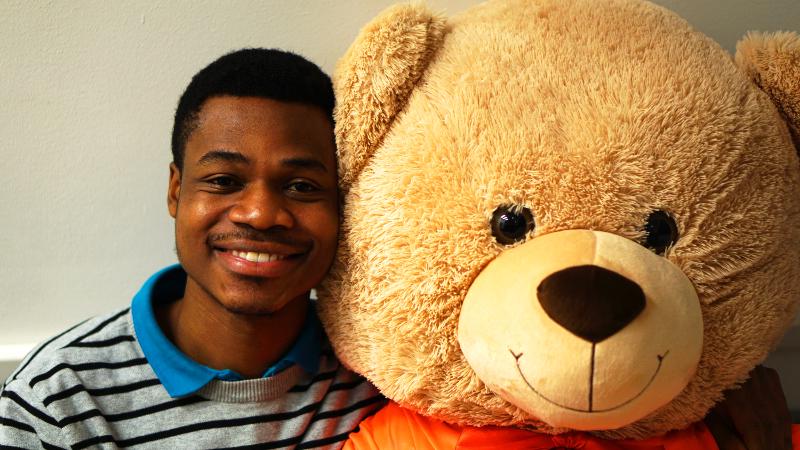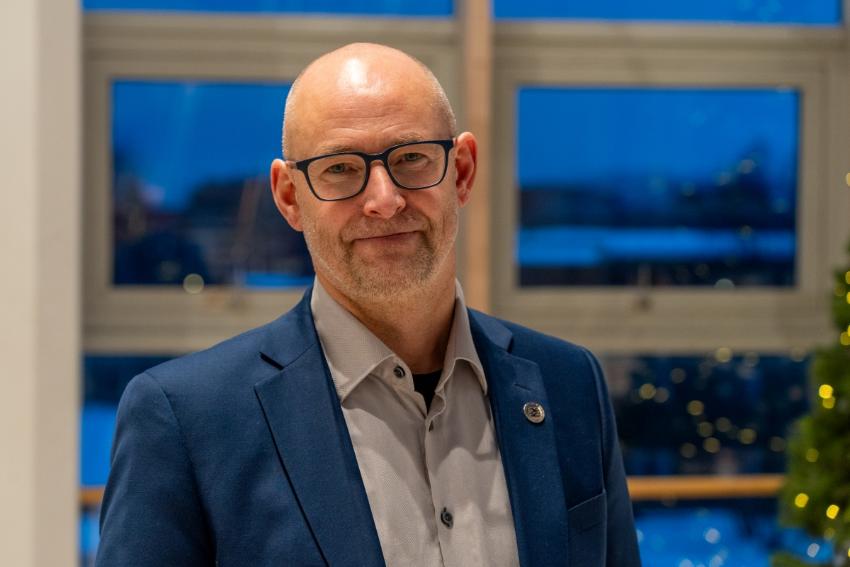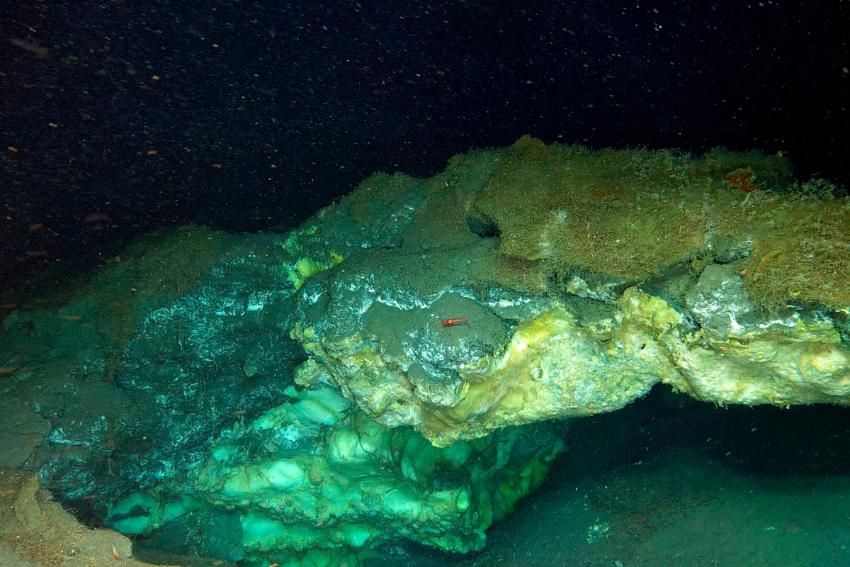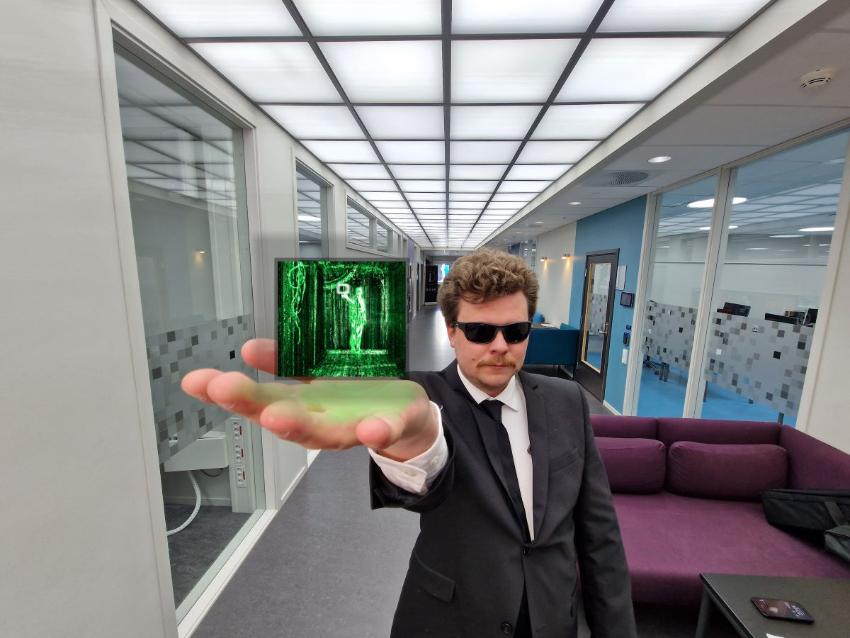What's Science got to do with Peace?
Saturday, November 10th was the world science day for peace and development, but exactly how are peace and science related? That is what the researchers and students of UiT’s Centre for Peace Studies (CPS) want to share with the world.
It is easy to think of science as something that only involves chemical reactions and white lab coats, but science is a broad spectrum. Per definition, science is the study of the world through experiment and observation, and observe the world is exactly what the researchers at the Peace Centre do.
The Peace Centre was founded by Ole D. Mjøs in 2002 and is the only university-based peace centre in Norway. It was funded to help promote peace by peaceful means. The centre is located in Nedre Lysthus on Tromsø campus, and the whole building is used only by the faculty and students, making it a little mini-campus on campus.
Women in Peace Building
One of the researchers at the peace centre is Sladjana Lazic. She studies how societies, institutions, and individuals deal with legacies of war crimes and mass violence.
- I focus particularly on women in Bosnia and Colombia, and how differently positioned women – lawyers or human rights activist who work on war crimes, women-survivors, female ex-combatants – navigate these processes in their quest for justice.
The importance of this research, she explains, is because, over the last 20 years, there has been what’s known as gender mainstreaming in peace processes, made through a legislation in the United Nations Security Council stating that women are to be involved in peace negotiations. Lazic wants to see how this translates into everyday life of different women, and whether it produces tangible results. She does this through prolonged contact with a particular country and its people.
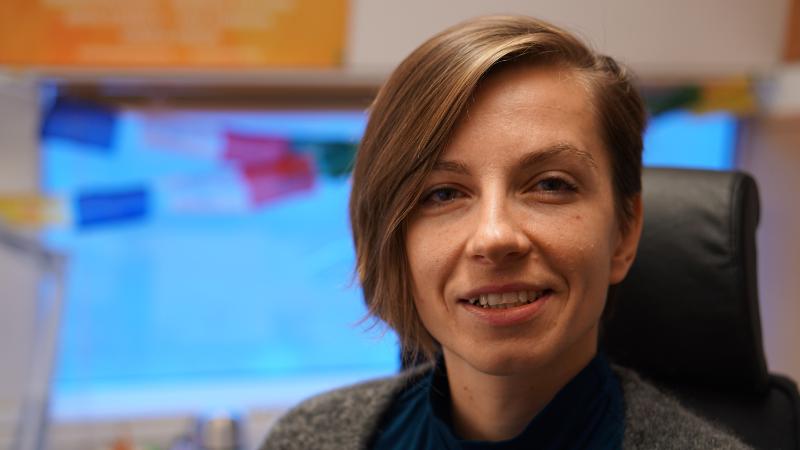
- It’s a time-consuming process that involves a lot of waiting as it takes time to build relationships and a good rapport with communities. But it is also highly rewarding because it enriches our understanding greatly.
She chose Bosnia and Columbia as these two countries are on the opposite ends of the spectrum of women’s participation in peace processes. Colombian women were part of the process of making the peace agreements and were allowed to make certain claims that women in Bosnia did not have the rights to.
Sladjana is often asked whether her upbringing is the reason for her interest in the subject, but does not have a definitive answer to that.
- It probably has, but I don’t know to which extent. I was born in Yugoslavia and grew up in Serbia during the 90s when the country dissolved and the wars were raging. Then during my bachelors, I was active in the human rights community. Through that and my studies I became interested in how we recover after wars and after bloodshed in which ‘neighbours killed neighbours’, and the difficult question of how do we heal after such an event?
The Complexity of Religion and Violence
Zerihun Woldeselassie is a postdoctoral fellow in critical peace and conflict study at CPS, and at the interdisciplinary Peace Centre, he teaches from an anthropological perspective.
- I focus on religious and ethnic identity and nationalism, which are most important for understanding the world today, and the violence and conflict that happens, Woldeselassie says.
Of the world religions, his research focuses primarily on Islam. He explains that the research is complex because there are cases where religion motivates violence, but also where religion motivates peace. What he does is research the specific instances where religion led to violence and when it was useful in promoting peaceful relations.

Even if people are looking for a quick fix, Woldeselassie does not believe there ever will be one.
- Each conflict has different and interrelated causes, at different levels - local, national, regional, and global - rooted in history, economy and politics, each a possible factor to lead to conflict and violence.
Saving the World, One Step at the Time
There are currently around 40 students enrolled in the Peace and Conflict master, a highly international degree that has intrigued students from all over the world. Richmond, Michael, Marisa, and Ingvild are all first-year students in the program, and are all from varied academic backgrounds, ranging from languages to philosophy.
- I come from Uganda and did my masters in indigenous studies. I decided to do my second masters in peace and conflict because, in my country, the indigenous peoples are experiencing conflicts, and I want to be able to offer my help, explains Michael, the currently oldest at the program at age 35.
Marisa from Canada simply states her reason as wanting to save the world.
- One step at the time, of course, she adds.
More seriously, she says they all want to do what they can and that she is going to go back to Canada to affect change in her home country. It is something she feels like she has to do and hopes to share her knowledge there.

I think many aspects of mediation and dialog could be more peaceful than they are. I hope to do research and then maybe apply it to the real world.
- Some people here don’t really know what they want to do yet, Ingvild from Norway says carefully. - I hope participating in this program means I can contribute with something good to the world, but what I don’t know yet.
She became interested in the program because there will usually always be some kind of conflict in the world, at various levels, violent or not, and by studying this wants to learn how to resolve these conflicts peacefully.
All four of them are very fond of the program and even the building of Nedre Lysthus, which they have to themselves. Having their own space, with their own little library, study rooms, classrooms, and lunchrooms provides a very good study atmosphere and good relationships between the students and teachers.
- What is very interesting to me, is that it is interdisciplinary, and we approach peace and conflict from different perspectives, Michael says. - That we are all from different places also adds to this. When we look at topics from all these different points of views, we get a better image of the real world and how to use what we’ve learned when we do research.
- The best thing about the course is, of course, the people, Ingvild says.
- Oh, I was sure you were going to say Fred, Marissa says and laughs.
